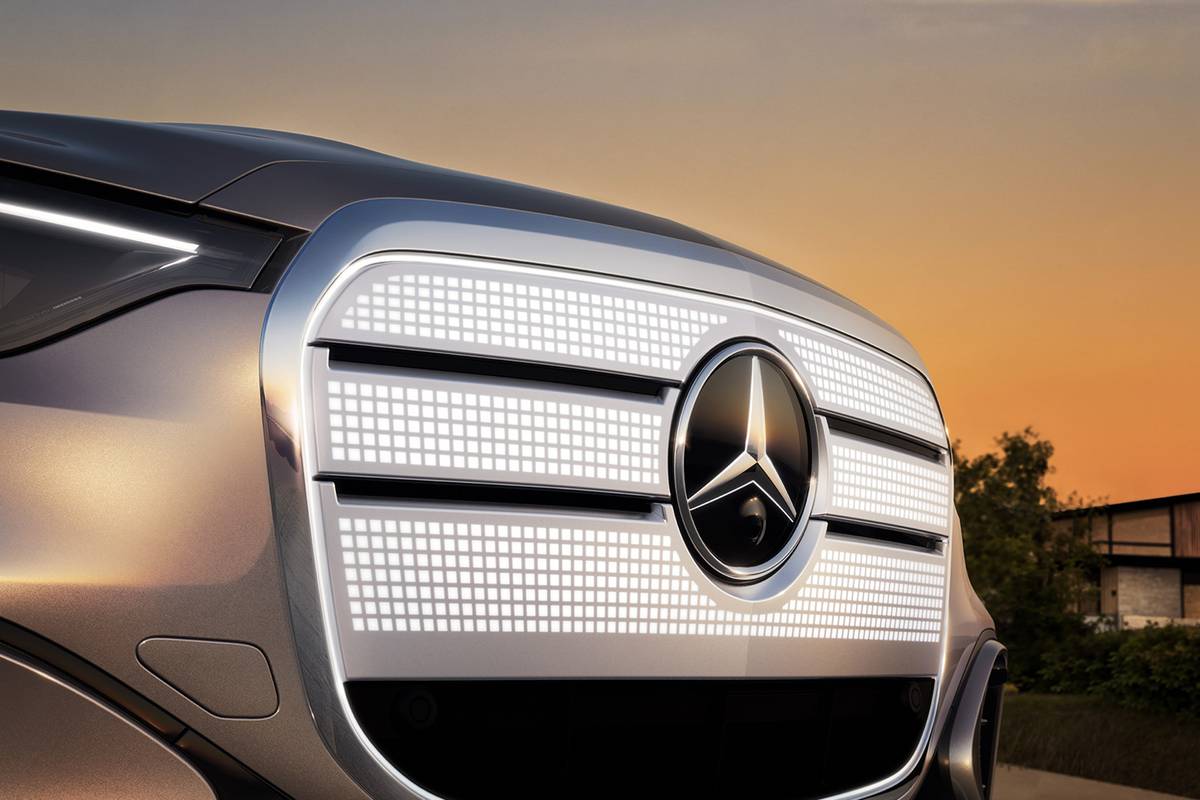chicagotribune.com's view
“If it walks like a duck, quacks like a duck and looks like a duck, then it must be a duck,“ the old saying goes.
Well, there`s a new saying making the rounds:
“If it rides like a Jaguar, handles like a Jaguar and looks like aJaguar-and it works-then it must be an Infiniti J30 sedan.“
Those who believe that the Japanese are experts at copying anything willhave a field day in pointing out the styling similarities between the Japaneseand British luxury sedans. As if “borrowing“ from the sheet metal isn`tenough, the J30 goes a step farther by placing a round clock with hour andminute hands, and not digital numbers, in the center of the instrument panel, long a Jaguar trademark.
“Let`s just say that Gerry Hirshberg is a real fan of Jaguar,“ saidThomas Mignanelli, president and chief executive of Nissan Motor Corp. U.S.A.,parent of the Nissan and Infiniti Divisions.
Hirshberg is Nissan`s top U.S. designer, and the J30 began to take shapeunder him at Nissan Design International, the company`s design studio in LaJolla, Calif. The J30 was the first Infiniti designed in the U.S.
A few years back, the industry went wild copying Mercedes, especially the trademark grille. Now the stylists have fallen fenders over bumpers in lovewith Jaguar. Pontiac and Oldsmobile officials get in a snit if you don`t saythe Bonneville and Olds 88 look like a Jaguar, and Chrysler folks becomeapoplectic if you don`t mention the British sedan at least once in anyconversation regarding the upcoming 1993-model LH sedans.
The 1993 J30, which has gone on sale at dealerships in the last few days, is the newest addition to the Infiniti lineup, a $33,000 midsize sedan thatrepresents a move up from the compact G20 sedan, which starts at $19,000, and a step down from the full-size Q45 sedan, which starts at $44,000. At leastthat`s where Mignanelli positions the J30.
After test driving the machine, we`d rank it the best Infiniti,regardless of size or price, a vehicle that offers just about everything theQ45 does, but for $11,000 less. The Q45 has more power and more room, but not $11,000 worth.
And there is no comparison between the J30 and the smaller, lesstechnologically advanced G20, which is a pretender to the Infiniti familybecause it`s sold elsewhere in the world under the Nissan Primera nameplate.
The J30 is offered in two versions, base and touring. We test drove thetouring edition, which for an extra $1,700 adds four-wheel steering, revisedspring rates for firmer road feel, a rear-deck-lid spoiler, forged alloywheels and performance tires to an impressive list of standard equipmentoffered in the base model.
Standard equipment includes driver- and passenger-side air bags, poweranti-lock brakes, power steering, leather seats with wood accents, heatedremote outside mirrors, rear-window defroster, power door locks with keylessentry, AM/FM stereo cassette/compact disc p layer, prewiring for a phone,cruise control, all-season tires and four-wheel independent suspension.
If the J30 only looked like a Jaguar, it wouldn`t merit much attention.That it performs like one, and in some respects outperforms one, makes itspecial.
The 3-liter, 24-valve, 210-horsepower V-6 is quick and quiet teamed withthe four-speed automatic transmission. There`s no hesitation moving from thestoplight or into the passing lane. The mileage rating is 18 miles per gallon city/23 m.p.g. highway. It would be nice if the highway rating were 2 to 4m.p.g. higher, for cruising on the open road, but at least there`s no gas-guzzler tax as there is, to the tune of $1,000 to $2,000, on the Q45`s V-8.
The rear-wheel-drive J30`s ride and handling benefit from excellentbalance, weight distribution and four-wheel independent suspension.
The four-wheel-steering system, a version of the one offered in the Q45,makes the J30 agile for a sedan. One drawback with aguar is the heaviness in the wheel. The J30 is nimble. The four-wheel-steering system uses a computer-controlled, hydraulic rear steering unit to increase cornering power on therear wheels. An advanced microprocessor controls the timing, degree anddirection of rear steering.
At high speeds the rear wheels steer slightly in the same direction asthe front ones, which means quick, right-now lane changing when you pull outto pass or head for the exit ramp.
At medium speeds the system momentarily turns the rear wheels oppositethe front wheels in quick cornering maneuvers, to help point the rear of thecar into the turn for quicker steering response.
It all means the nose basically goes in the direction you point itwithout hesitation and without the rear end having a mind of its own.Regardless of the maneuver, the suspension system holds you in place behindthe wheel.
Take one of those sharp roundhouse turns onto the merge ramp or off theexit ramp from the expressway, and the body sits flat. You can accelerate,rather than back off the pedal, in that turn. We hung a pair of eyeglassesfrom a cord on the rearview mirror before heading for the expressway ramp. Theglasses seemed to levitate on the cord as they moved over and nearly touchedthe steering wheel halfway through the turn, but we sat up straight, withoutleaning or swaying, and maintained full control despite the leather coveringon the bucket seats.
Other nifty features of the luxury sedan that performs like a sportscoupe are labeled plastic parts to make them easy to recycle; 24-hour roadsideassistance; free use of a car during scheduled service appointments; atransmitter/key fob that you can press to lock or unlock the doors or toactivate the turn-signal lights so you can spot the car in a crowd in the malllot; and a hidden compartment on the console in which you push a button toexpose dual cup holders.
Latest news



